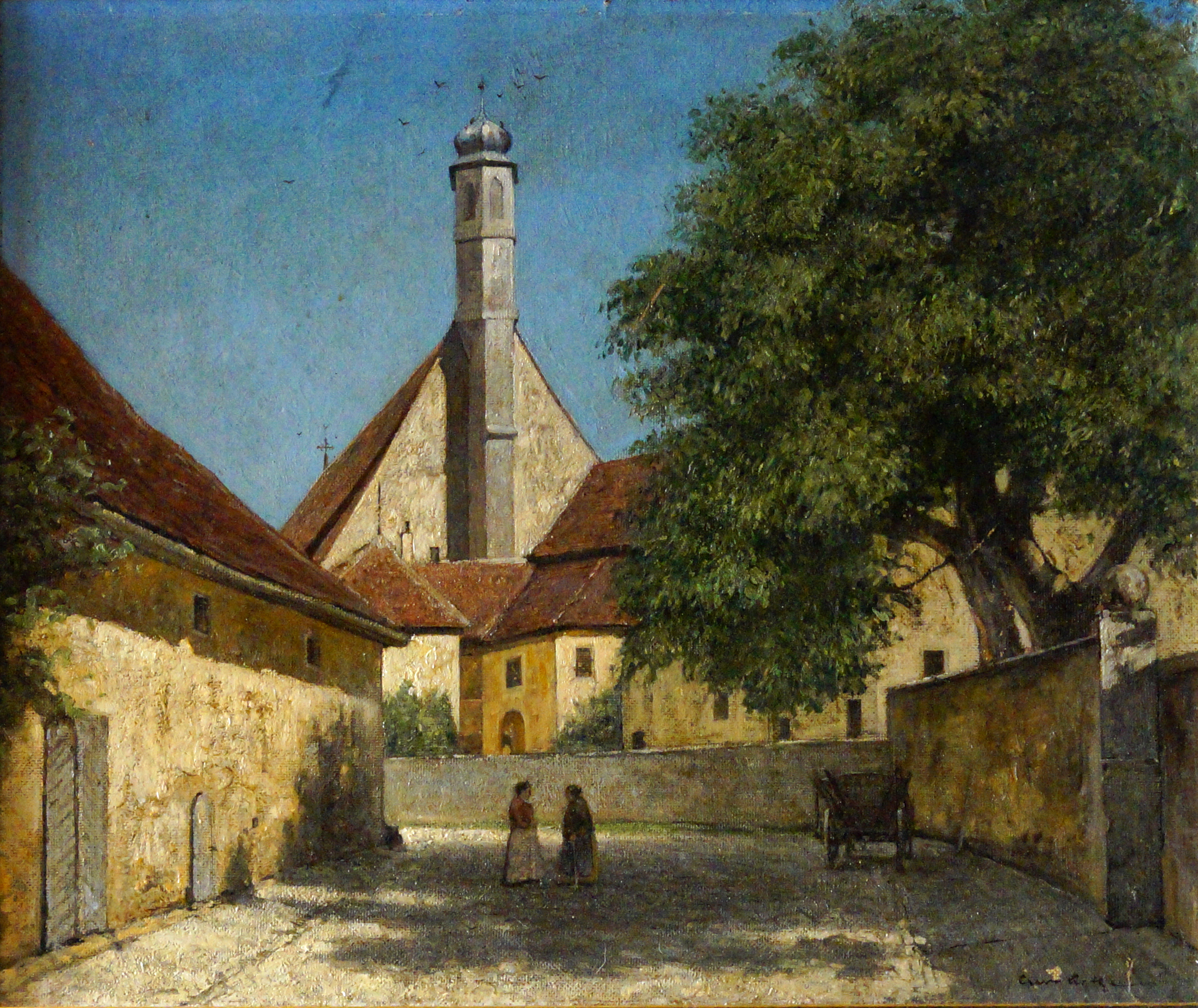Medieval Crime and Justice Museum
Our History

1393 - Beginning of 19th century
1393 - Beginning of 19th century
History
of the Building
The Medieval Crime and Justice Museum is located in the former St. John's Commandery in Rothenburg which was built between 1393 and 1410 together with the neighbouring St. John's Church. In 1718, the building was converted into the baroque style which marks the building's architecture today. During the period of secularisation, the building transferred its ownership to the Bavarian Electorate in the 19th century (which became the Kingdom of Bavaria in 1806) and housed the Royal Bavarian District Authority. In 1919, the building was used as the seat of the administration in the District of Rothenburg.
Late 19th / early 20th century
Late 19th / early 20th century
History of the collection
Torture Chamber Rothenburg
The collection dates back to a small private collection belonging to the publisher and archivist Karl Albrecht at the end of the 19th/beginning of the 20th centuries. The collection was housed in what was known as the ``Rothenburg Torture Chamber`` in the tower of the castle hotel in Klostergasse (Monastery Lane) and was based on the world famous Nuremberg torture chamber exhibition by G.F. Geuder. The ``Rothenburg Torture Chamber`` collection and building were taken over, extended and presented in the form of a museum by the artist couple Ernst Paul Hinckeldey and Marta Hinckeldey-Wittke.
1950 - 1977
1950 - 1977
Extension of the
Building
Since the 1950s, their son Christoph Hinckeldey and his wife Hildegard have continued the collection and expanded the exhibition area to include the cellar of the castle hotel. The gradual extension of the collection and expansion of the museum's facilities into a comprehensive museum for Law and Justice within the German-speaking region made it necessary to enlarge the museum premises in the 1970s. For this reason the museum moved to the former St.John's Commandery in Burggasse in Rothenburg in 1977. During the rural district reform and dissolution of the rural district of Rothenburg in 1972, the house was no longer needed as an administration building and was bought by the founder's family. After extensive restoration and conversion work, the Medieval Crime and Justice Museum moved to the building in 1977.
Since 1993
Since 1993
Foundation of the
Medieval Crime and Justice Museum
At the end of 1993, the founding family transferred the main building of the museum and parts of the collection to a foundation under public law with its seat in Rothenburg ob der Tauber. The Town of Rothenburg donated the neighbouring Johanniterscheune (St. John's barn) to the foundation. The purpose of the foundation was to promote the pursuit of science and research in addition to running the museum. After the founder Christoph Hinckeldey died, Dr. Karl-Heinz Schneider assumed the management of the Medieval Crime and Justice Museum. From 1994 to 1996, the Johanniterscheune was renovated in line with monument conservation guidelines and has been used for exhibitions, conferences and for the cafeteria since 1997. Since June 2013, Dr. Markus Hirte, LL.M. has been head of Medieval Crime and Justice Museum.
Today
Today
The success as a



